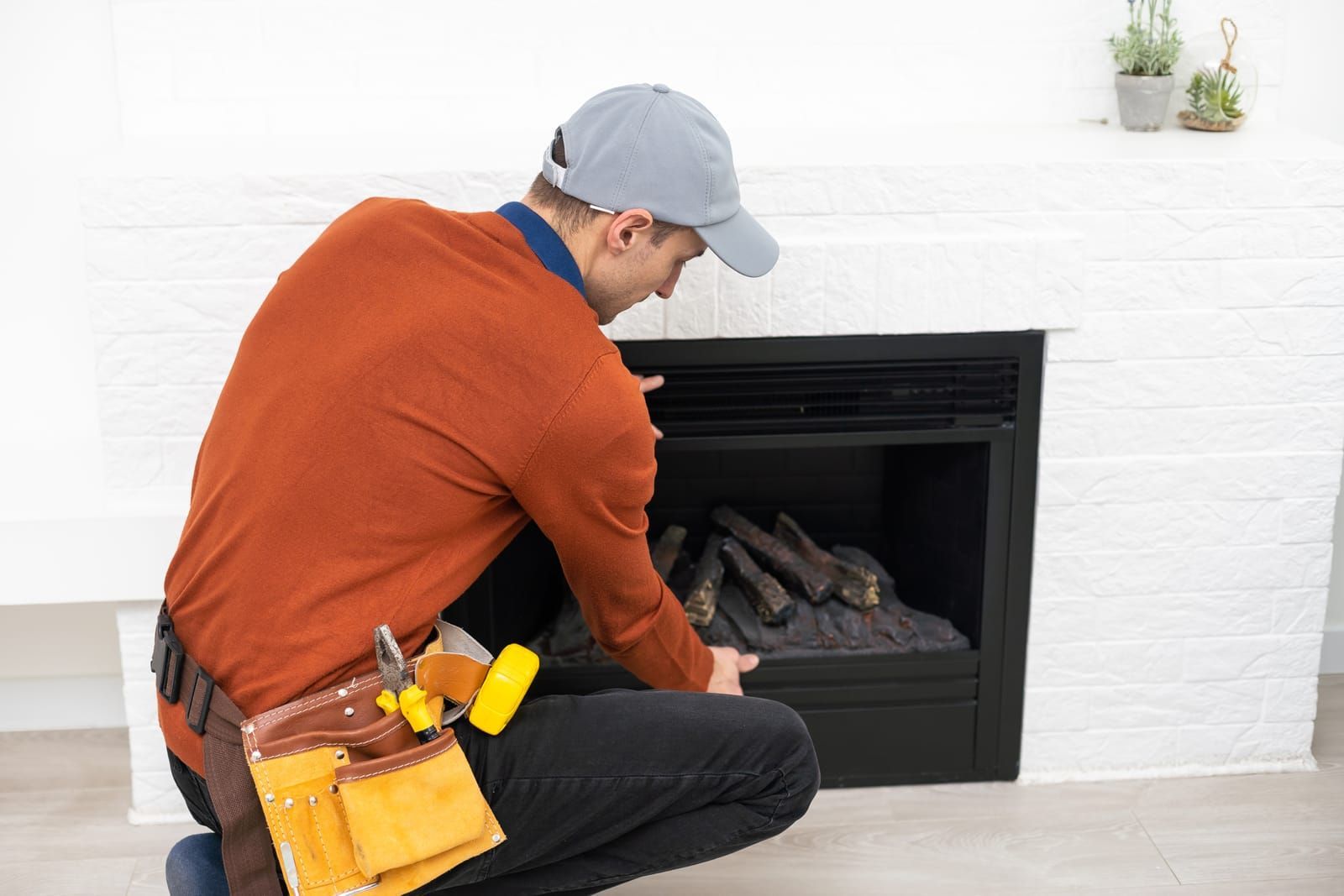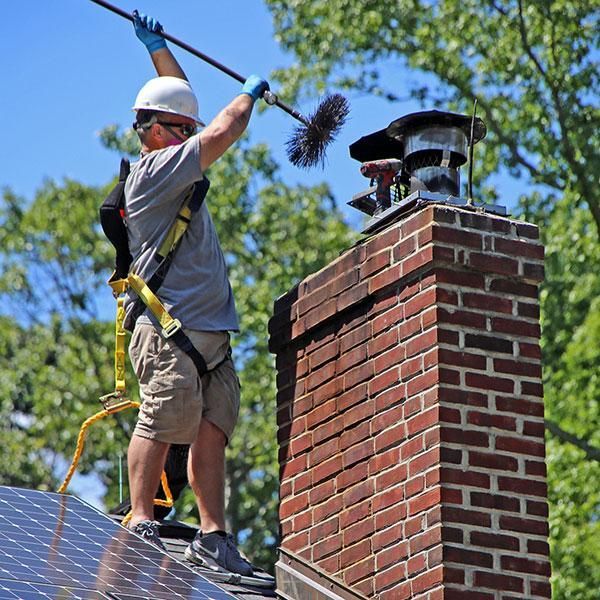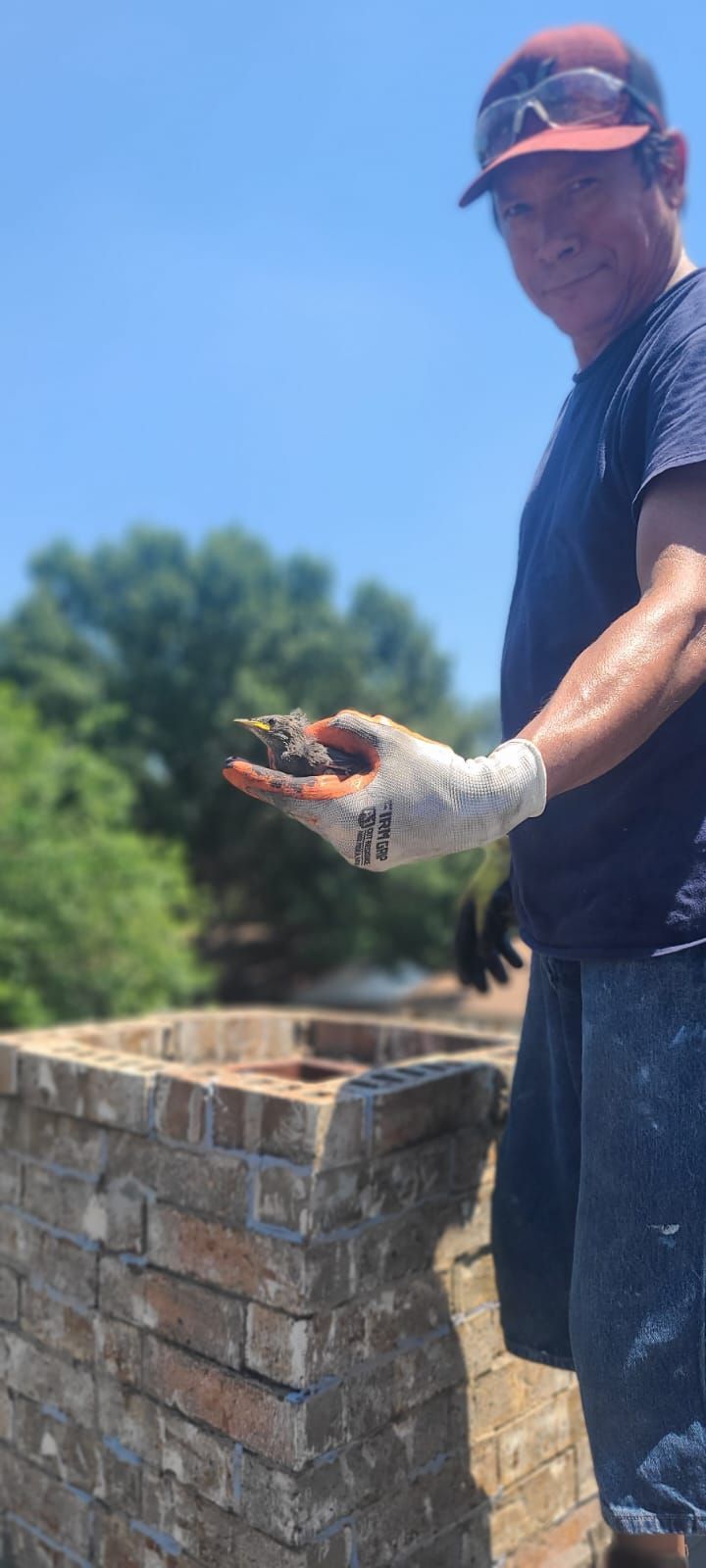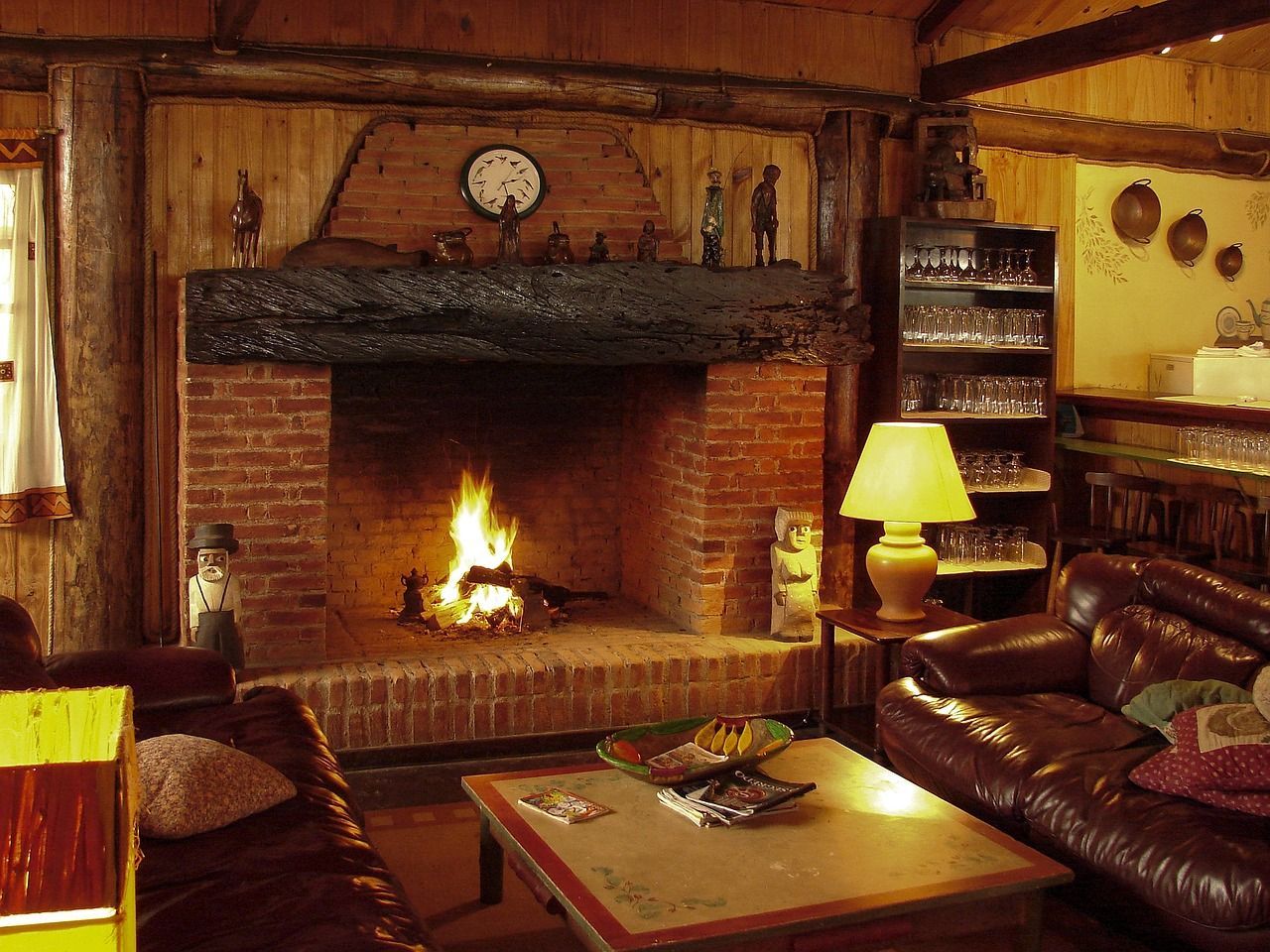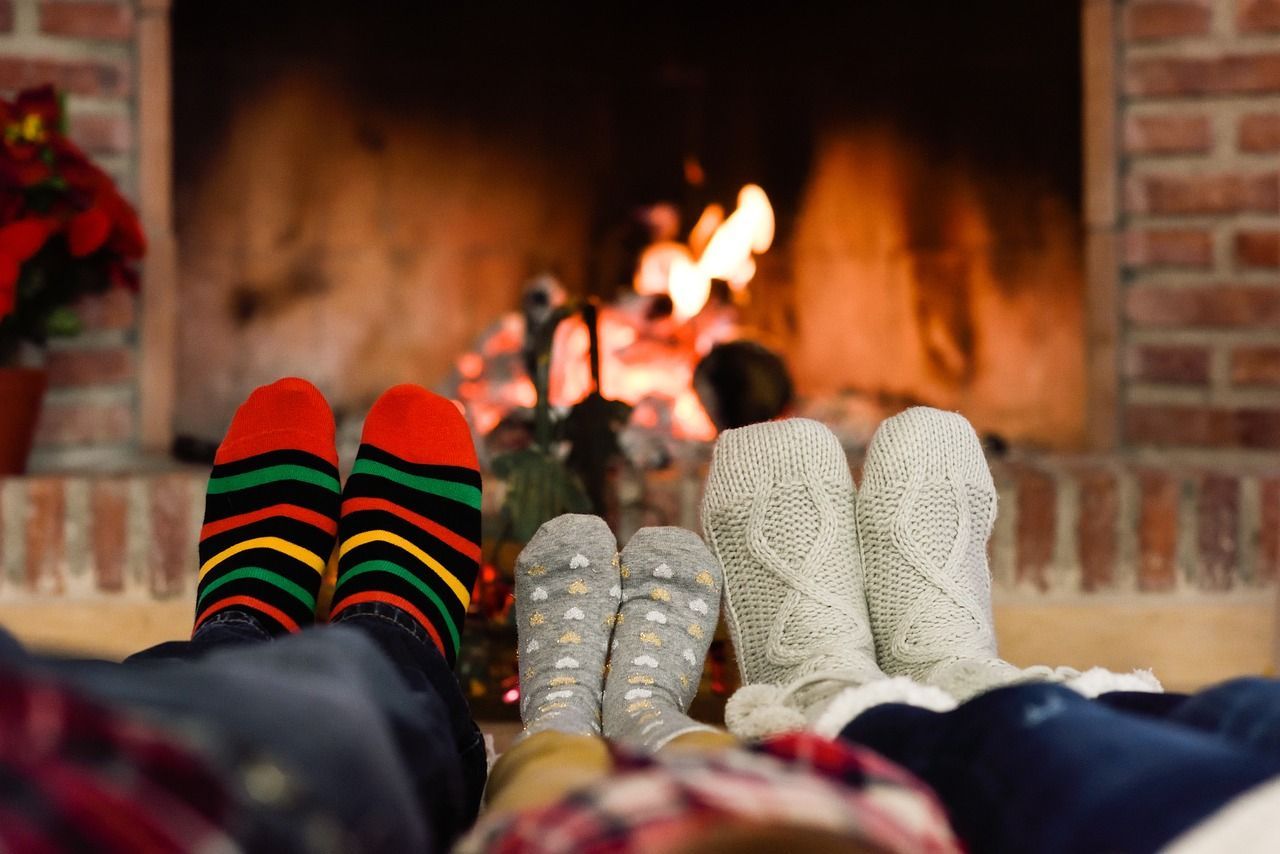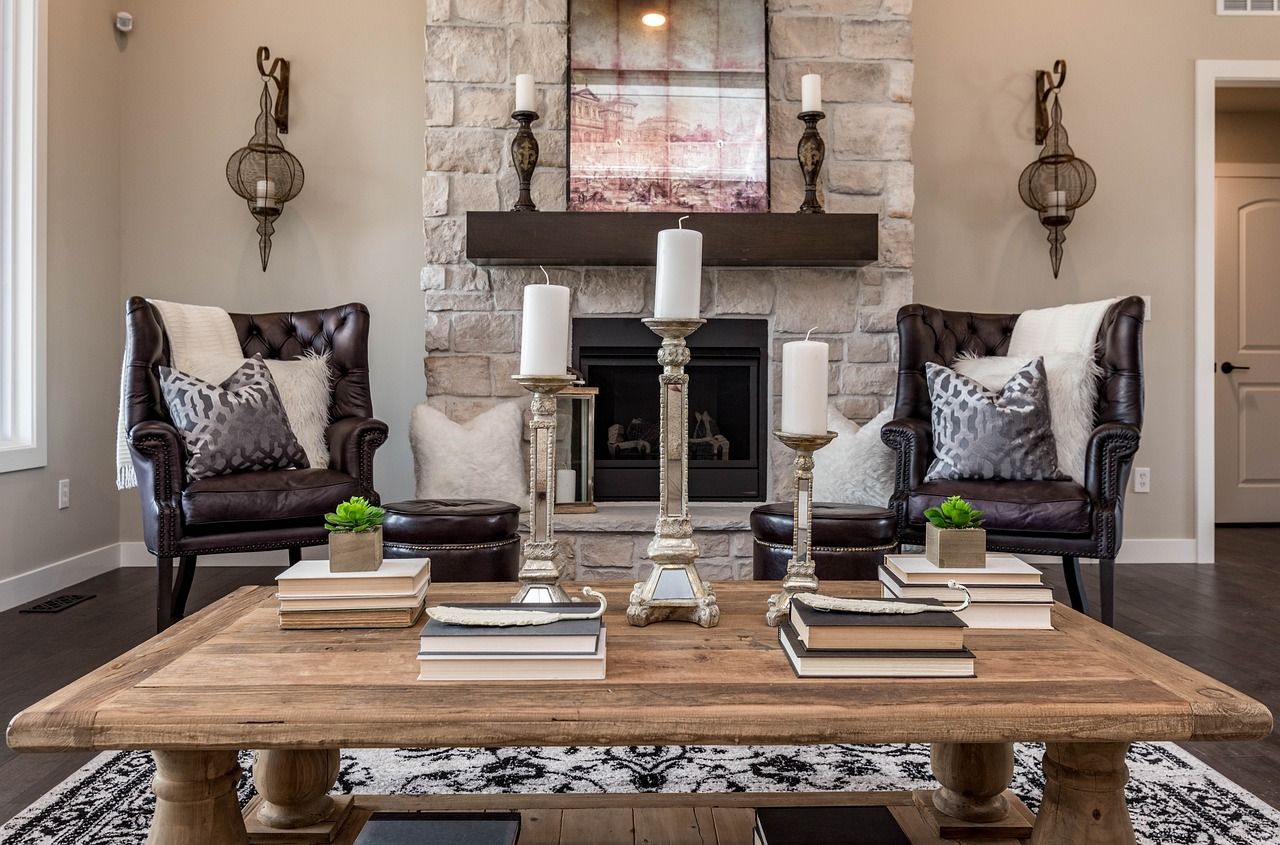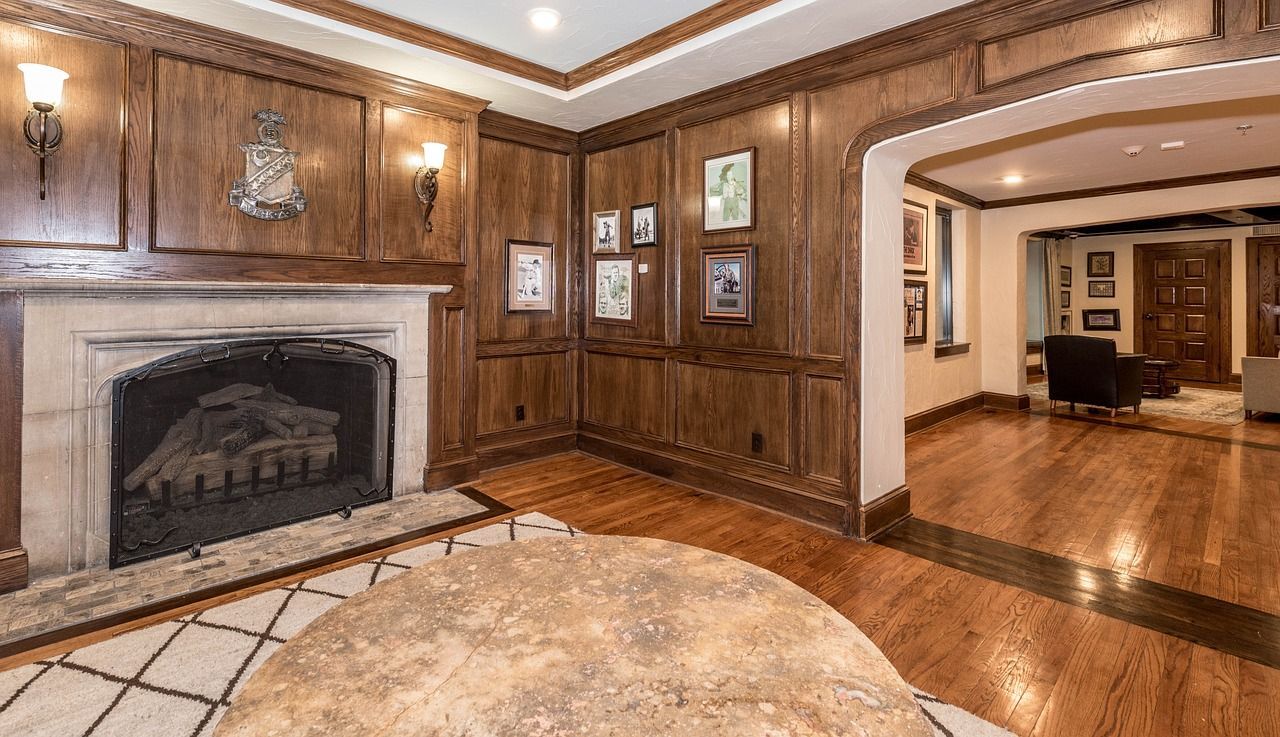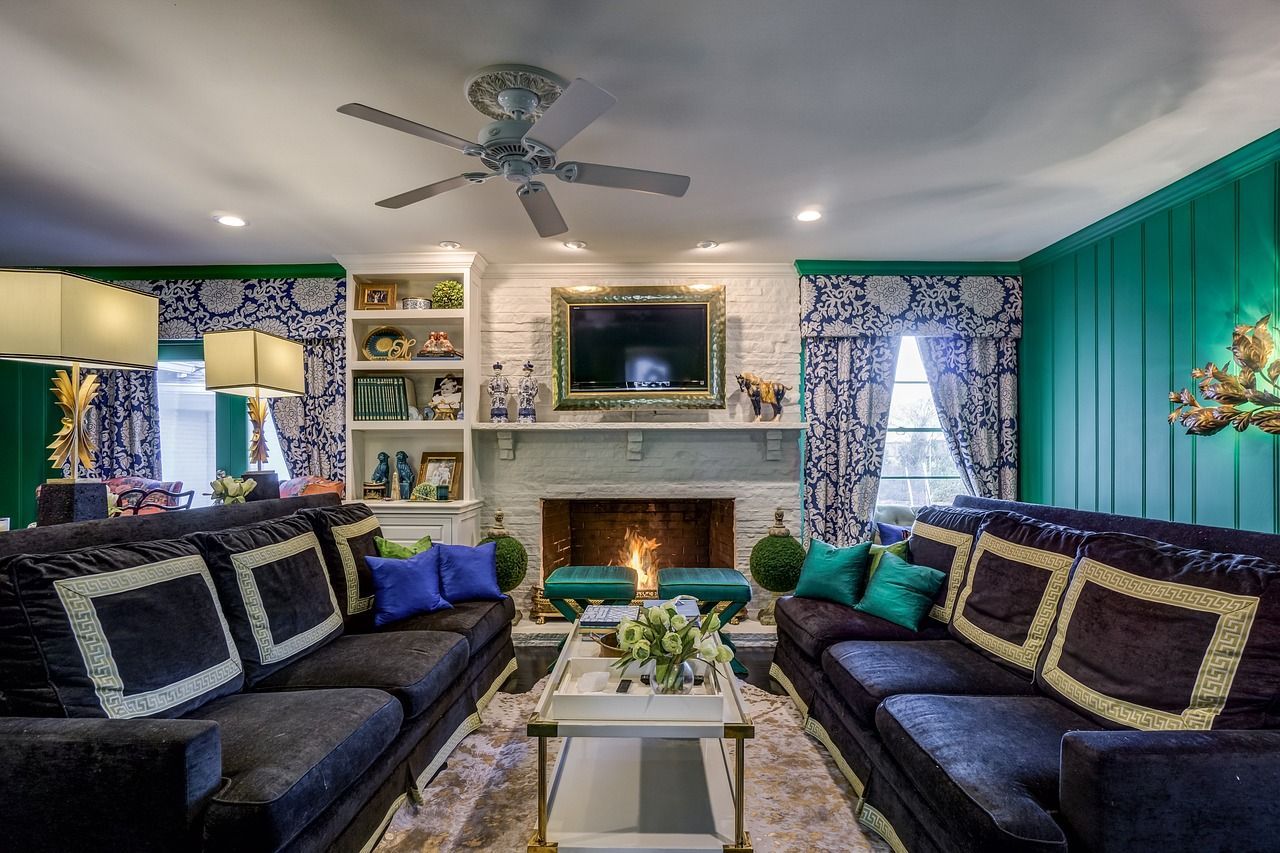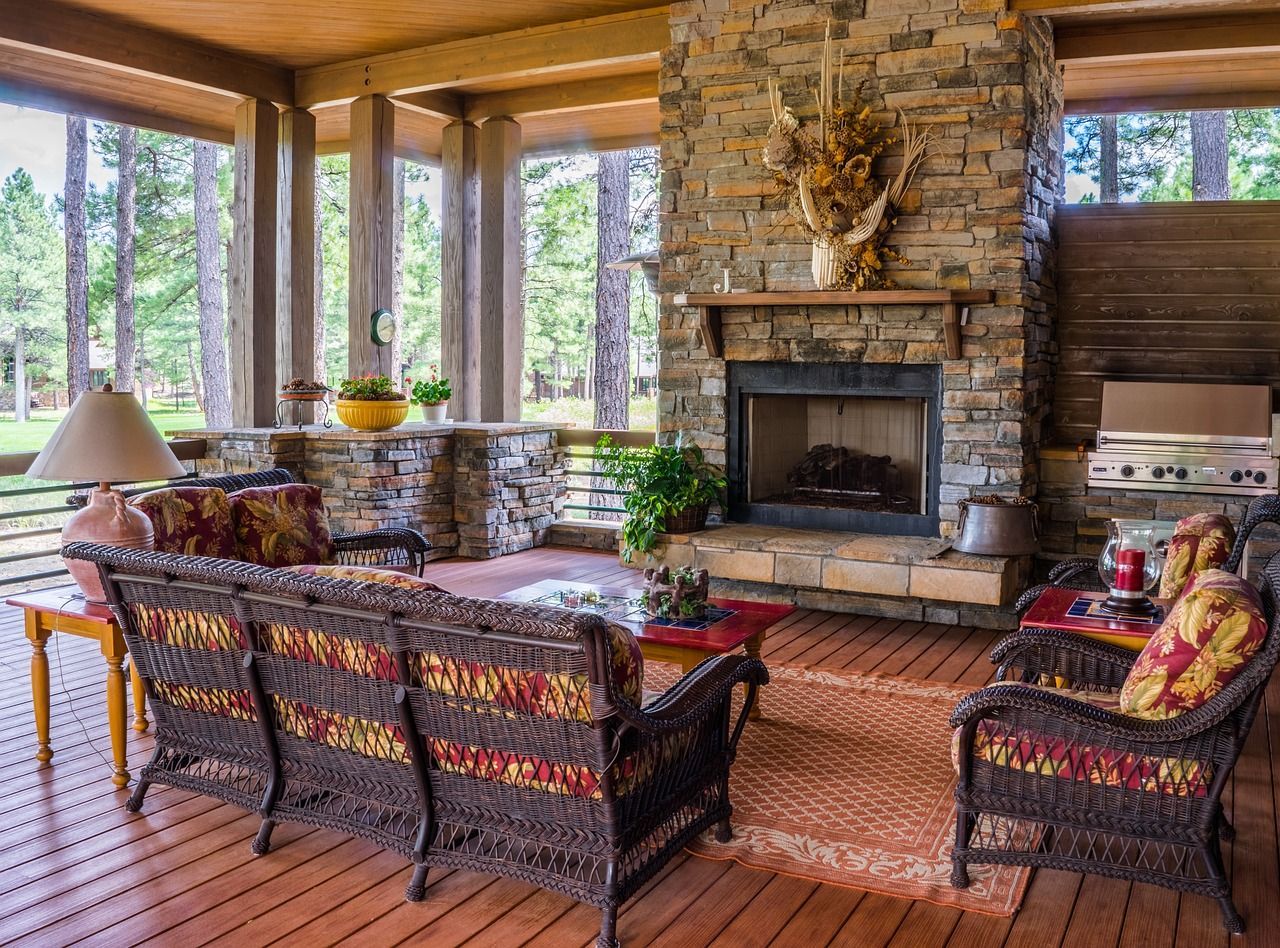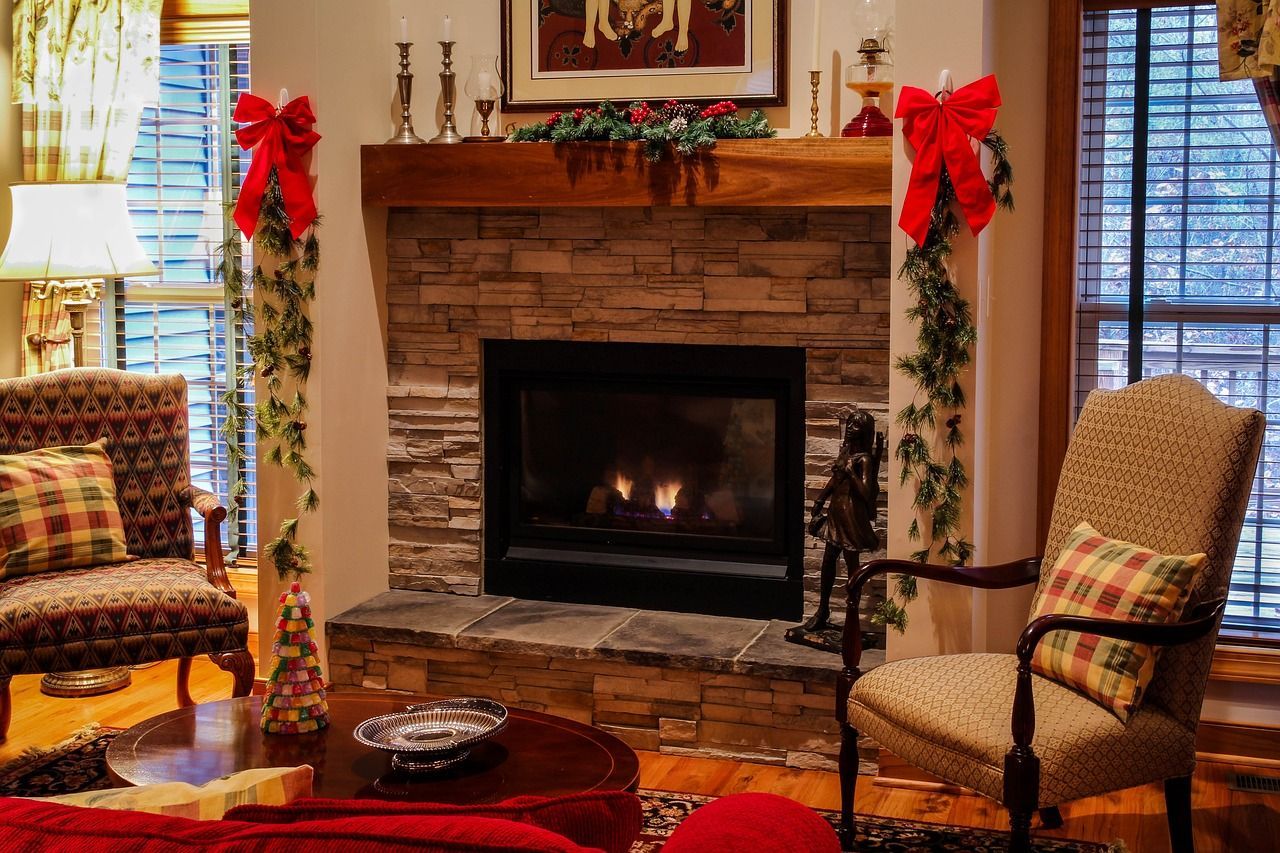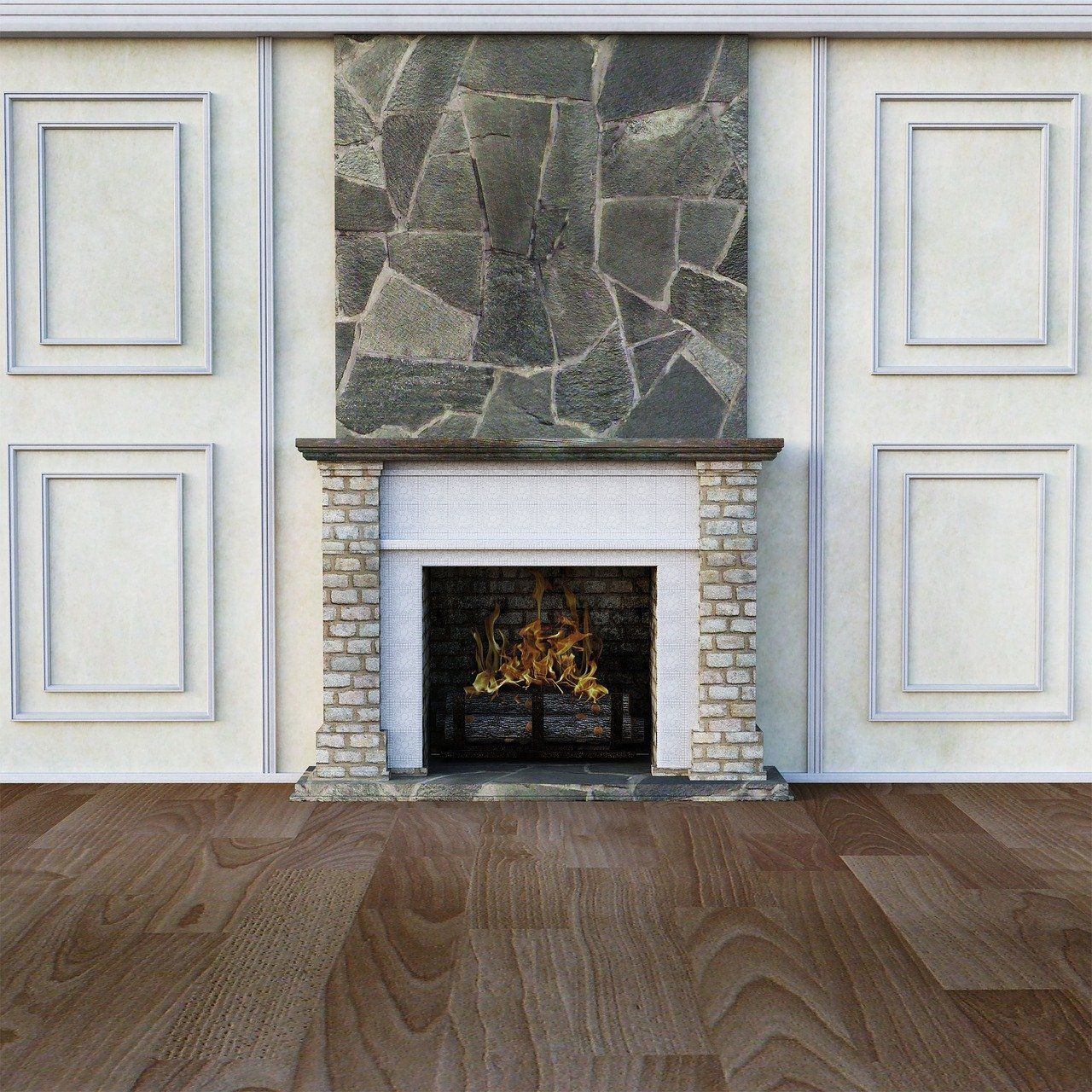Safety First: Tips for Properly Operating and Maintaining Your Wood-Burning Fireplace
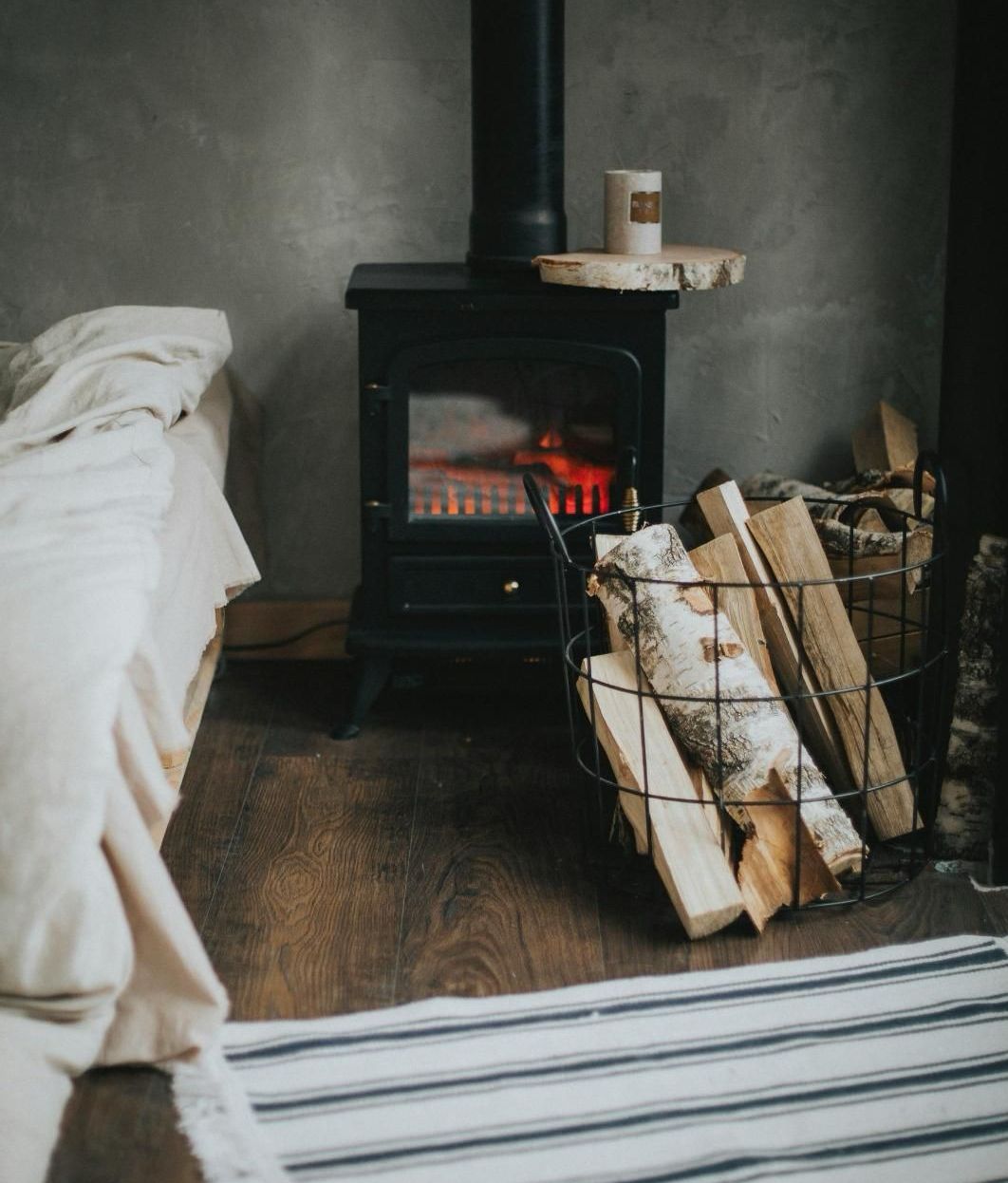
Introduction:
A wood-burning fireplace adds warmth, charm, and ambiance to any home. However, proper operation and maintenance are essential to ensure the safety of your household and the longevity of your fireplace. At AdicPro, we understand the importance of fireplace safety and want to provide homeowners with valuable tips for safely operating and maintaining their wood-burning fireplaces. In this blog post, we'll share expert advice to help you enjoy your fireplace while minimizing risks and hazards.
Understanding the Basics of Wood-Burning Fireplaces:
Before we delve into safety tips, let's briefly review the basic components of a wood-burning fireplace:
- Firebox: The firebox is the enclosed area where the fire burns. It is typically made of fire-resistant materials such as brick, stone, or metal.
- Chimney: The chimney is the vertical structure that extends above the roofline and provides ventilation for the fireplace. It consists of a flue, which is the passage where smoke and gases exit the home.
- Damper: The damper is a movable metal plate located inside the chimney flue. It can be opened or closed to control the airflow and draft of the fireplace.
Now, let's explore essential safety tips for properly operating and maintaining your wood-burning fireplace:
1. Have Your Fireplace Inspected Annually:
Regular chimney inspections are crucial for identifying potential safety hazards and ensuring proper fireplace function. Schedule a professional chimney inspection at least once a year, preferably before the start of the winter heating season. A certified chimney sweep can inspect the chimney, flue, damper, and other components for signs of damage, creosote buildup, or obstructions.
2. Clean the Chimney Regularly:
Creosote, a highly flammable substance, can accumulate inside the chimney over time as a result of wood burning. Schedule regular chimney cleanings to remove creosote buildup and reduce the risk of chimney fires. A professional chimney sweep can use specialized brushes and equipment to clean the chimney thoroughly and safely.
3. Use Seasoned Hardwood for Burning:
When selecting firewood for your fireplace, choose seasoned hardwoods such as oak, maple, or hickory. Seasoned firewood has been properly dried and seasoned, making it burn more efficiently and producing less creosote buildup compared to green or unseasoned wood. Avoid burning softwoods or treated wood, as they can release harmful chemicals and produce excessive creosote.
4. Practice Safe Fire Starting Techniques:
To start a fire safely, use kindling and newspaper to ignite the wood gradually. Avoid using accelerants such as gasoline or lighter fluid, as they can cause rapid and uncontrollable fires. Ensure proper airflow by fully opening the damper before lighting the fire, and never leave the fireplace unattended while a fire is burning.
5. Install a Protective Screen or Glass Door:
To prevent sparks and embers from escaping the fireplace and causing potential hazards, consider installing a protective screen or glass door. A mesh screen can be attached to the front of the fireplace to contain sparks and debris, while a glass door provides additional insulation and helps improve fireplace efficiency.
6. Keep Combustible Materials Clear:
Maintain a clear zone around the fireplace by keeping combustible materials such as furniture, curtains, and decorations at a safe distance. Flammable materials should be kept at least three feet away from the fireplace to reduce the risk of accidental fires.
7. Monitor Carbon Monoxide Levels:
Carbon monoxide (CO) is a colorless, odorless gas that can be produced by incomplete combustion in wood-burning fireplaces. Install carbon monoxide detectors near the fireplace and throughout the home to alert you to elevated CO levels. Test the detectors regularly and replace the batteries as needed to ensure they are functioning properly.
8. Dispose of Ashes Safely:
After the fire has completely burned out and the ashes have cooled, use a metal shovel to scoop the ashes into a metal container with a tight-fitting lid. Place the container outside on a non-combustible surface, away from structures and vegetation, to prevent accidental fires. Never dispose of ashes in plastic bags or cardboard boxes, as they can ignite spontaneously.
9. Close the Damper When Not in Use:
When the fireplace is not in use, close the damper to prevent warm air from escaping through the chimney and cold air from entering the home. Closing the damper also helps prevent downdrafts and reduces heat loss, improving energy efficiency and comfort.
10. Educate Family Members and Guests:
Ensure that all family members and guests are aware of fireplace safety practices and guidelines. Educate children about the dangers of playing near the fireplace and teach them to respect fire safety rules. Keep matches, lighters, and other fire-starting tools out of reach of children and pets.
Conclusion:
In conclusion, proper operation and maintenance are essential for safely enjoying the warmth and beauty of a wood-burning fireplace. By following these safety tips and guidelines from AdicPro, homeowners can reduce the risk of fires, carbon monoxide exposure, and other hazards associated with wood-burning fireplaces. Remember to schedule regular chimney inspections, use seasoned hardwoods for burning, and practice safe fire starting techniques to ensure a safe and enjoyable fireplace experience for years to come. Stay warm, stay safe, and enjoy the cozy comfort of your wood-burning fireplace!
